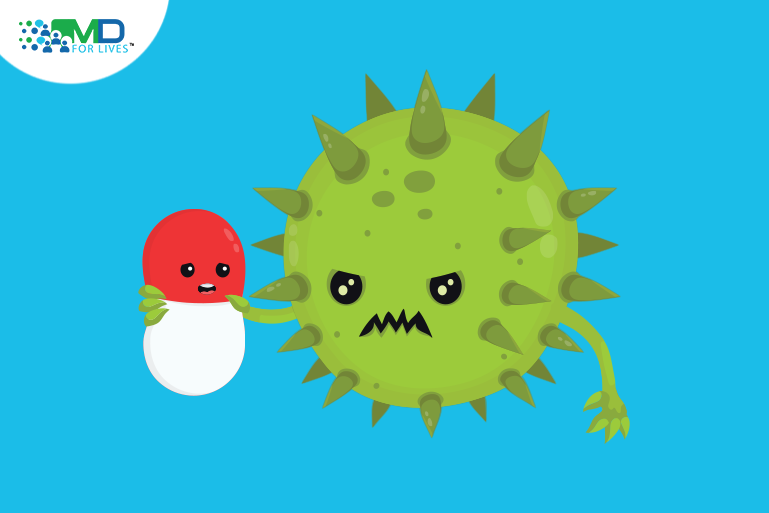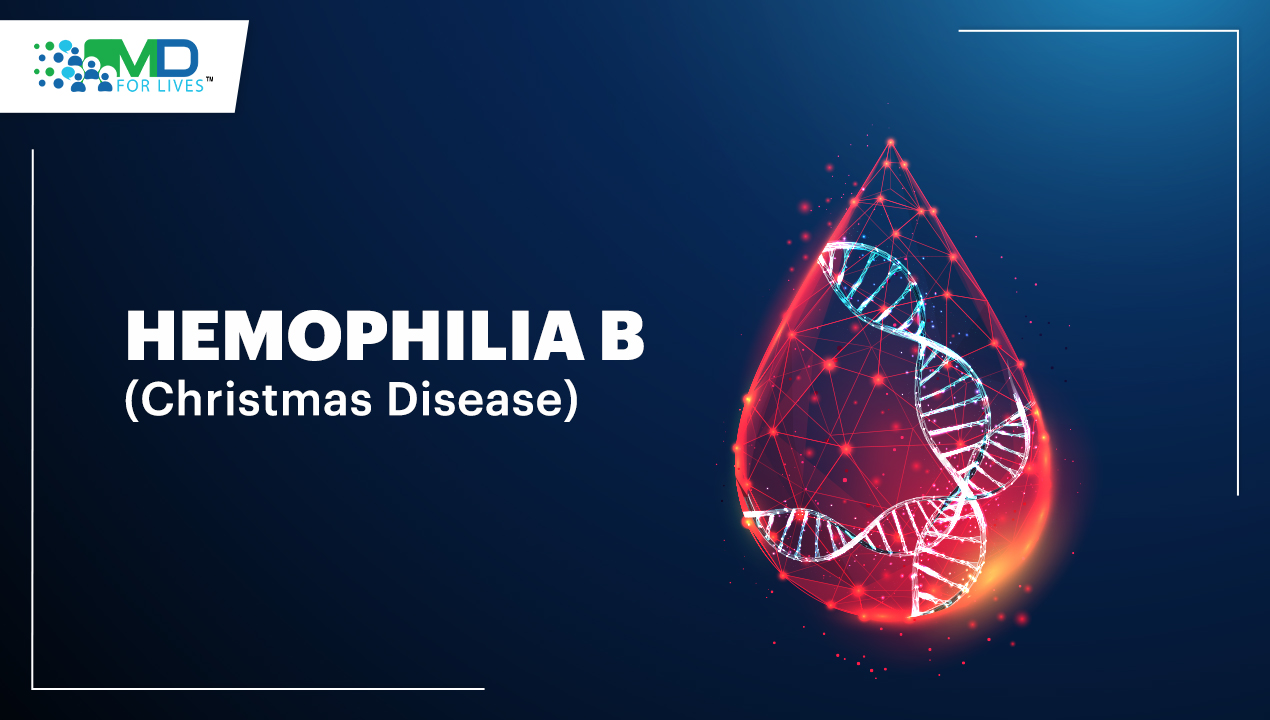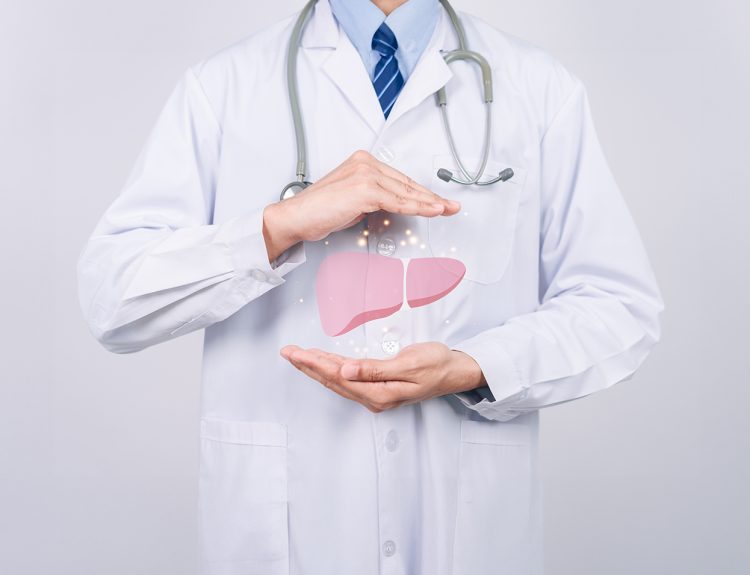Multi-Drug-Resistant (MDR) bacteria have presented a major public health concern for several years now. An estimated 700,000 deaths per year are attributed to MDR pathogens worldwide1. Additionally, several prediction models have been published in the literature, indicating that this number could grow exponentially in the next few decades2. While progress on the matter had not been initially observed, things are slowly taking a more positive turn. There have been coordinated efforts undertaken by several authorities, with the participation of various regulatory as well as scientific disciplines throughout the world. While there is still a long way ahead of us, this article presents an overview of the scientific evidence that may put us in a position to take a more positive glimpse into the future.
Studies on Multi-Drug-Resistant (MDR) bacteria
A new molecule with the potential to combat Multi-Drug-Resistant (MDR) bacteria was presented In an article3 published by Nature on November 20, 2019. Darobactin, a peptide derived from the intestinal bacterial flora of a parasitic worm, was demonstrated to exert bactericidal activity against gram-negative resistant bacteria, such as E Coli. The investigators demonstrated a novel mechanism of action for this effect, which was mediated by the binding of darobactin to BamA proteins located in the external membranes of gram-negative bacteria. This ultimately resulted in bacterial cell wall lysis. The authors stated that this cite of action presents an attractive target since darobactin did not have to penetrate the bacterial membrane to exert its effect.
While this report presented data of potentially high scientific value, this evidence came from an experimental model on mice and is still a long way before it is of any importance to clinical practice. In recent years there has been a rather large body of similar evidence identifying new potential targets for antibacterial activity. One such example would be a class of small molecules, termed nusbiarylins, which disrupt the interaction between proteins involved in ribosomal RNA synthesis. These compounds were active against strains of MRSA, with significantly lower MICs than standard agents, such as oxacillin, gentamycin and vancomycin4. Interestingly enough, nusbiarylins did not seem to cause toxicity to cultured human lung and skin cells.
Another example would be two molecules that were developed from a newly identified streptococcal toxin. Investigators were able to isolate these two compounds, which subsequently demonstrated activity against both gram-positive and negative bacteria5. These novel agents, termed peptidomimetics, were the two of twenty originally formulated compounds that demonstrated superior activity. Of particular interest in this experiment was that resistance to these agents was not developed, even when favorable conditions for such an event were created by the investigators for a time frame of fifteen days.
Finally, the most scientifically intriguing source of potential antibacterial agents to date is that of bacteriophages6,7,8. The term refers to a class of viruses that exhibit a selective predatory effect on bacteria while maintaining a symbiotic relationship with most living host-organisms. These viruses use the bacterial host’s structures to replicate, while destroying the cell membrane, ultimately causing bacterial cell lysis. Several studies have reported on the potential benefits of bacteriophages since they present an area of particular interest in the field of biotechnology.
This information is of particular interest in light of one of the most widely addressed public health issues worldwide. The development of Multi-Drug-Resistant bacteria has been at the centre of actions taken by several authorities, including the World Health Organization, the Centers for Disease Control in the US, and the European Union counterpart. Antimicrobial stewardship, as well as public awareness campaigns, have been implemented for many years, with demonstrated positive outcomes. Overall, our attempts to restrict antibiotic use have to lead to the implementation of several effective strategies.
However, there had been growing concerns regarding the lack of the development of novel antibacterial agents. In fact, we are still using several antibiotics that were developed 40-50 years ago as first-line agents for certain infections. That has certainly given bacteria enough time to evolve through natural selection and develop mechanisms of resistance. While the development of such agents presents unique pharmacological as well as economic challenges, things seem to be on the verge of a shift in the right direction.
Conclusion
According to PEW9, there are 42 different agents that are currently being investigated as potential new antibiotics. The main focus area for these agents is their possible activity against Multi-Drug-Resistant bacteria. Future clinical trials will also determine their pharmacokinetic and toxicity profiles, as well as the potential for the development of novel bacterial mechanisms of resistance. While only a fraction of these efforts will ultimately result in new drug approvals, it is safe to say that we are on the verge of developing some potentially lifesaving medications. For the first time in a long time, a glimmer of hope is evident on the horizon.








4 Comments
SARSCOV2 mutation: COVID19 counterattacks | MDforLives Blog
5 years ago[…] However, it must be noted that viruses through the years may accommodate more mutations, though not all of these are necessarily worse than the infectious variant. If a significant amount of change occurs, this shall warrant updates on the current vaccine for that specific virus [8]. In the case of SARSCoV2, it does not mutate as rapidly as compared to other viruses. […]
Urinary Tract Infection: Facts & Myths of Cranberry in preventing infection
5 years ago[…] urinary pH (1) and prevent the adhesion of uropathogenic E. coli to urothelial cells, and reduce bacterial infection (2). However, further studies revealed that a large volume of cranberry juice had to be ingested to […]
The future of cancer treatment lies in Statins - MDforLives
5 years ago[…] lowering drugs, can also be used to fight various cancers according to a new study [1]. These drugs are effective against a type of rogue protein produced by mutated genes associated with nearly all […]
COVID19 counterattacks: SARSCOV2 mutation - MDForLives
4 years ago[…] However, it must be noted that viruses through the years may accommodate more mutations, though not all of these are necessarily worse than the infectious variant. If a significant amount of change occurs, this shall warrant updates on the current vaccine for that specific virus [8]. In the case of SARSCoV2, it does not mutate as rapidly as compared to other viruses. […]